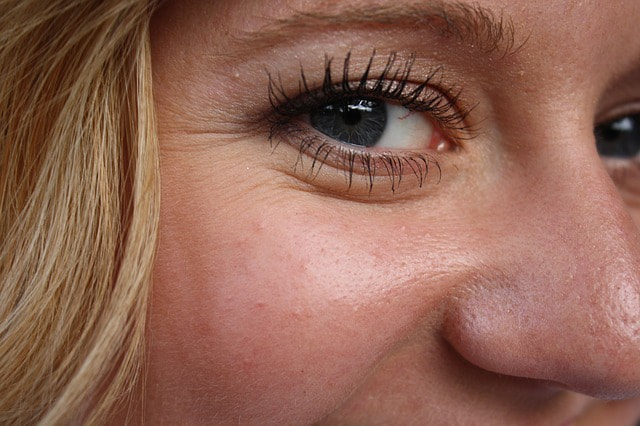Types of Cosmetic Eye ProceduresThe type of cosmetic eye procedure that may work best for you depends on the issue you are trying to correct. A few of the most common cosmetic eye procedures are as follows: Blepharoplasty Blepharoplasty is a type of cosmetic eye surgery that involves removing excess skin or fat from the upper or lower lids. Vision can even be affected in people that have a large amount of excess skin on the upper lid. In most cases though, blepharoplasty is done for cosmetic purposes. Blepharoplasty is usually performed as an outpatient procedure. After you are given numbing medication, the surgeon will make a cut along the eyelid, removes excess fat and skin, and closes the incision. If you are also having the lower lid done, another cut is made below the lower lash line, and excess skin and fat are removed before closing. BOTOX® BOTOX has become very popular in the last decade or two. BOTOX can treat wrinkles and lines around the eyes. Made from Clostridium botulinum, a type of bacteria, BOTOX is injected into the muscles around the eyes, where it blocks nerve impulses. It temporarily weakens or paralyzes the muscles. By weakening the muscles, it prevents the muscle activity that causes wrinkles. BOTOX is also used to treat lines and wrinkles on other areas of the face, including the forehead. The results of BOTOX can vary, and they are not permanent. Results usually wear off in about three or four months. BOTOX is approved by the FDA to treat wrinkles and is safe for most people. Restylane® Another cosmetic eye procedure to consider is Restylane. Restylane is a gel made from non-animal stabilized hyaluronic acid. It is injected into the folds and lines around the eyes to combat wrinkles. Restylane is also used to fill in wrinkles in other parts of the face, such as around the mouth. Similar to BOTOX, Restylane is not permanent. The results last between about six and nine months. Restylane is FDA approved to treat lines and wrinkles. Risks & Benefits of Cosmetic Eye ProceduresAs with many types of cosmetic procedures, along with the benefits, there can be risks. It’s important to understand the possible complications and decide if the benefits are worth or outweigh the risks. The obvious benefit of having a cosmetic eye procedure is feeling better about your appearance, which can increase your confidence and impact other areas of your life. The risks and side effects may vary, depending on the type of procedure performed. Blepharoplasty is a safe procedure. As with any type of surgery though, there are potential risks. Although uncommon, risks of blepharoplasty include bleeding, infection, and excessive tearing. Complications from BOTOX and Restylane are uncommon, but they can occur as well. Potential side effects from BOTOX include redness, inflammation, and pain at the injection site. Another possible side effect of BOTOX is droopy eyelids. Restylane’s side effects and risks may include pain, swelling, and bruising at the injection site. How to Determine If a Cosmetic Eye Procedure Is Right For You?With all the options you have, how do you decide if you should have a cosmetic eye procedure and what your best option is? Consider the following tips:
Before having any type of cosmetic eye procedure, it’s important to have a comprehensive eye exam, which includes a visual inspection of your eyelid and area around your eye. If you have any questions or would like to schedule an appointment to discuss your concerns and / or appearance, please call our office at 508-746-8600 to schedule an appointment with one of our eye doctors. If you have been seen by your eye doctor and are ready for an appointment with the oculoplastic surgeon, please discuss this when you call. We hope you enjoyed our blog this week. Please check back soon as we cover ‘Epithelial Basement Membrane Dystrophy & Recurrent Corneal Erosions’ as part of Healthy Aging Month. Comments are closed.
|
EYE HEALTH BLOGCategories
All
Archives
July 2024
|
|
Kadrmas Eye Care New England
55 Commerce Way, Plymouth, MA 02360
14 Tobey Road, Wareham, MA 02571 133 Falmouth Road (Rt 28), Mashpee, MA 02649 |
Phone Number:
1-508-746-8600 Hours: Monday through Friday — 8 AM – 4:30 PM |


 RSS Feed
RSS Feed
